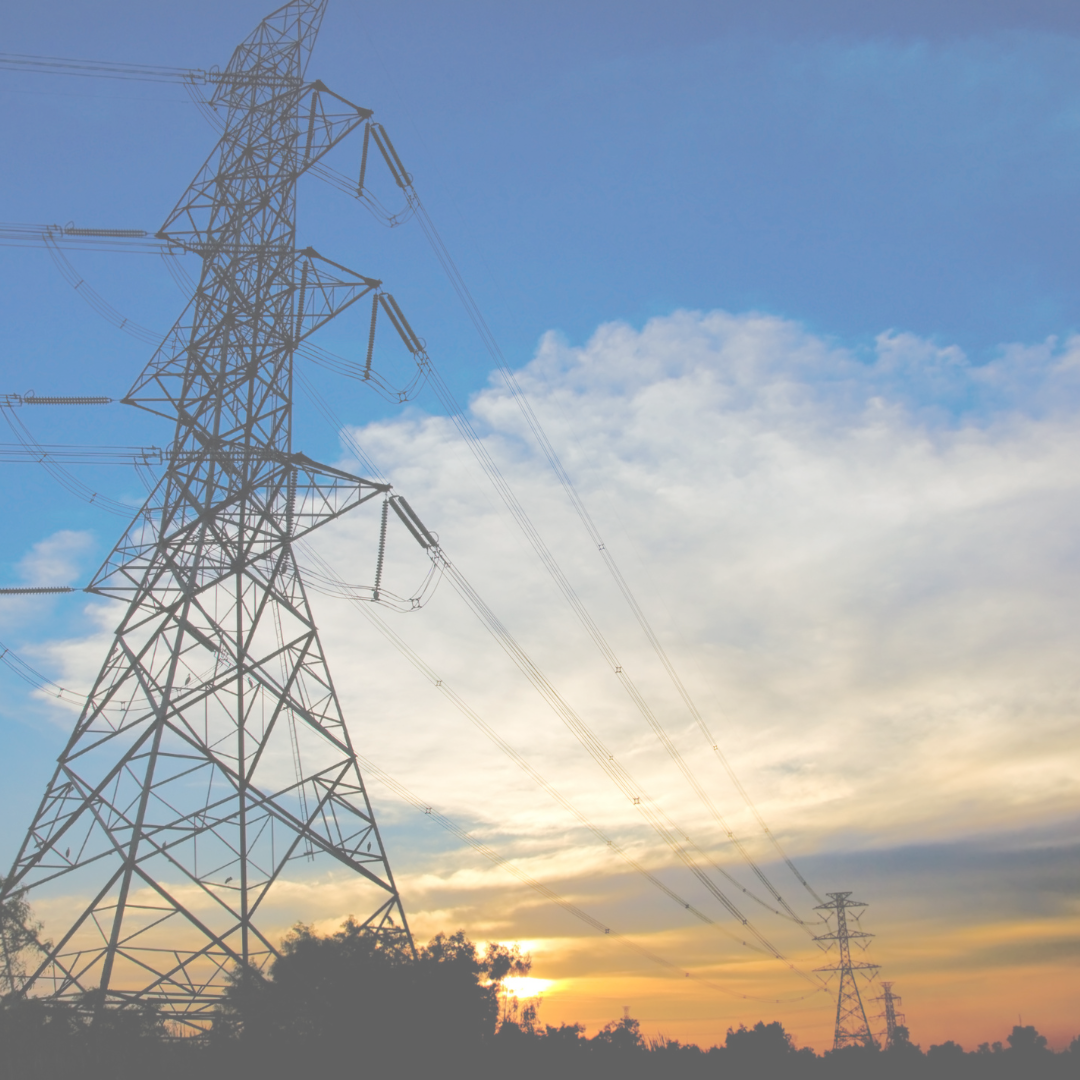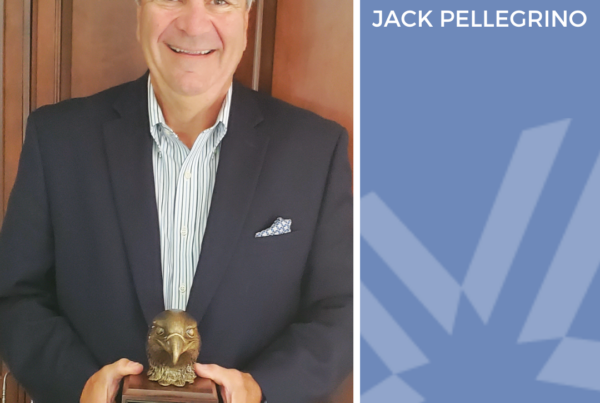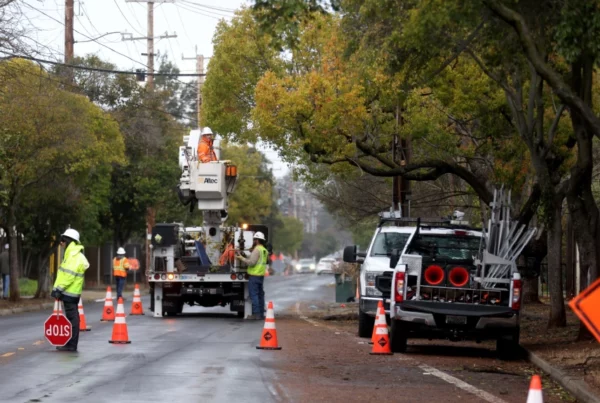Background: The California Public Utility Commission (CPUC) issued a 153-page white paper that predicted utility rates would be going up an average of 4.7% per year through 2030 for customers in the San Diego Gas & Electric (SDG&E) service territory—and it doesn’t get much better for consumers in Pacific Gas & Electric (PG&E) territory at 3.7% or Southern California Edison (SCE) at 3.5%. These compounded increases exceed “traditional” inflation averages by approximately 265% and will affect both government, commercial, and residential consumers.
The reason utility rates are rising at more than twice the rate of historical inflation is complex, challenging, and frustrating. But why are electricity and natural gas bills growing exponentially?
There are many causes to why utility expenses are rising; infrastructure cost, government regulation and policy, higher consumption, overseas politics affecting commodity supplies, and mother nature herself are the primary sources. For example, SDG&E spent $3 billion on wildfire prevention over the last decade and these costs are then passed on to the consumers (commercial and residential).
Another factor driving up the cost of utilities is higher-than-normal inflation. With everything now costing more—fuel, groceries, building material, and more—electricity, gas, water, and other commodities are not immune. Compounding inflation is higher commodity demand stemming from historically high warmer temperatures. These market conditions (supply, demand, and inflation) are providing the perfect storm circumstances for higher-than-normal cost increases.
But also contributing to higher cost is the unanticipated consequences associated to solar power. A significant number of organizations (public and private sector) and consumers have essentially left the power grid and are generating much, if not all, of their own power through renewables. These “departing loads” have negatively impacted the utility company’s revenue models and they have successfully lobbied the CPUC to make adjustments in an effort to offset losses. To counter the “solar deficit,” several years ago, the investor-owned utility providers (IOUs) successfully requested the CPUC to shift the Time-of-Use “peak” time frame (most expensive time to use power) from the traditional daytime period (12pm to 6pm) to the evening (4pm-9pm)—the time when solar generation is greatly reduced or eliminated.
Remedies: With utility expenses rising exponentially, the traditional approach to minimize utility expenses has been to find ways to reduce consumption by deploying new technology and renewables: LED, battery storage, fuel cells, cogeneration, or solar. These conservation measures and technologies assist in lowering consumption and, therefore, expenses. Further, operational modifications and behavioral changes can also greatly impact and reduce commodity usage levels.
While conservation measures can help lower consumption and cost, there is an additional strategy available to further mitigate utility expenses driven exclusively by rate and regulatory assessment, better known as utility Tariff Rate Optimization Studies (TROS). These technical evaluations of CPUC rulings, regulations, and interpretations are applied on a meter-by-meter basis for each applied rate designation, tax, and surcharge fee levied. The TROS work product then produces a modeling profile for each of the utility accounts and the hard dollar savings that would be achieved, should the recommended change(s) be implemented. It’s like having a discount coupon for each kilowatt hour, therm, or unit of water used!
But who has the technical capability to conduct a TROS review? ProcureAmerica (PA) and their utility TROS team can help. For many years, PA has been the “go-to” organization in California and beyond for TROS services. In the Golden State alone, the firm currently serves eight of the 10 largest counties, most of the UC system, about 90% of the healthcare networks, and more than 100 other public agencies (cities, school districts, water districts, and more) as well as private sector utility consumers.
“If you use a lot of power, gas, water and are actively trying to lower baseline cost, our TROS team is here to help,” said PA CEO Fred Armendariz. “Where most of our clients have a lot of expertise in managing consumption through the use of technology and behavioral approaches, TROS services provide significant added benefit, exclusively from the rate and regulatory side of utility expenses. These two efforts (conservation and TROS services) are highly complementary; and if an organization uses both in tandem (use less commodity and pay less per unit), you can achieve the best-in-class utility cost management outcomes.”
Another impactful and efficient method is the procurement vehicle available to government entities for TROS services. There is a “Regional Cooperative Agreement” (RCA) that many public agencies use for these reviews that is a 100% self-funding model. Meaning, all the TROS review costs are generated through cost reduction. Further, all savings proformas are based on realized achievements (not forecasted nor estimated) and provide significant cost reduction for an extended period of time—in most cases decades! Another element to the value proposition is that TROS implementation does not require any change in operations, investment in technology, or valuable staff time. The RCA requires that PA provides all the needed resources to produce the study, implement the approved findings, and monitor the outcomes.
“Procure America reviewed over 1,500 accounts for the County of Orange to identify cost reduction opportunities,” said County of Orange Procurement Officer Maria Agrusa. “Not only did ProcureAmerica find significant cost savings for the County, but they also did so in a self-sufficient manner, making the process go smoothly and efficiently.”
Budget challenges are always part of the public sector environment and are considered one of the most significant public policy issues facing government today. The old saying “How do you eat an elephant? One bite at a time!” is truly the only way to tackle expense reduction. TROS reviews are a great way to take a “big bite”!




